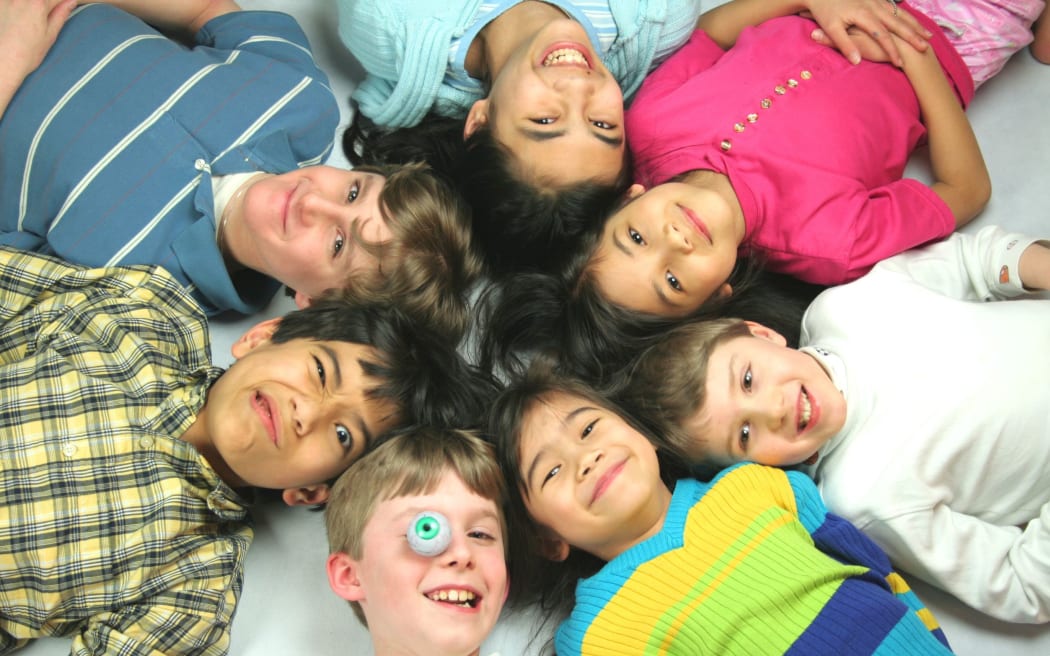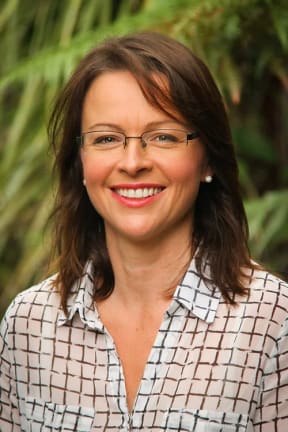Neurodiverse school students have a different way of processing information but their brains have the same need for safety and connection, says educational psychologist Kathryn Berkett.
The most effective way of helping all young people to learn is first of all to create such an environment, she tells Kathryn Ryan.
"A sense of connection, tribal safety … you don't need high-end qualifications to do that really well."

Photo: JarenWicklund/123RF

Educational psychologist Kathryn Berkett Photo: Supplied
Kathryn Berkett is a certified practitioner in the neurosequential model of therapeutics developed by American psychiatrist Bruce Perry. She works with a variety of organisations and runs development workshops for teachers.
Schools tend to focus on the executive functioning part of a student's brain and educational outcomes but many in New Zealand are now recognising that a sense of connection – whanaungatanga – is essential for learning, Kathryn says.
"Porirua College is doing an incredible job engaging with some really difficult kids. And we see if you do it right, if we take the time, have that patience, build those connections, then we get the learning outcome."
Children who've learnt about how their ‘red brain’ (survival instinct) can overwhelm their green brain (ability to reason) will often share these ideas with their parents, Kathryn says.
"Whānau will come in and they'll go 'My kids have been talking about green brains … What's this red green-green brain stuff?' or 'They're telling me about breathing – can I do this?'
"We're getting the [information] into the home, and then [family members are] coming in and asking questions or the young people are teaching their parents about the stuff.
"It's really exciting … Often a school will get me in to train the school teachers and then they'll come and do the parent presentation so that the language is the same and the understanding is there. It is fantastic to have that harmony between [home and school] but it isn't actually essential. We can make change with a young person without it. Not preferable but possible."
Although neurodiverse brains acquire, filter and use information differently, like any other brains they develop from the bottom to the top, she says, and can't develop without a sense of safety.
"Neurodiverse kids have … a different way of processing the world in their brain. But that genetics doesn't make them over-activated, it doesn't make them violent or abusive or anything like that. It's not in the genes, it's not unchangeable.
"I want to take some of that scariness away, thinking that the only people that can work with neurodiverse children are those with these huge qualifications."
Stressful experiences often play a role when a neurodiverse child's behaviour is challenging, Kathryn says.
"We have to say 'I can help that person calm down the stress response. They'll still have the neurodiverse traits, they'll still be that neurodiverse person which in some ways is fantastic but it can also make life difficult."
The stigma of neurodiversity being associated with difficult behaviour in class can lead to teachers thinking they're unable to help certain students learn, Kathryn says: "We go 'Oh, that's just neurodiversity, that's them. I can't do anything'."
This is untrue, she says.
"You can. You can do so much for these young people. And we can do it every day. That label sometimes makes people put up their hands up and go 'Well, I can't do anything and you're diverse. Actually, we can change a lot.
"We can help work on the overactivation, we can help change that. The stigma sometimes says this person with neurodiversity is angry and violent. We think it goes together as a package but it doesn't."
Related:
Neurodiversity - unlocking the causes and dispelling the myths
How the NZ education system isn't meeting the needs of neurodiverse students

